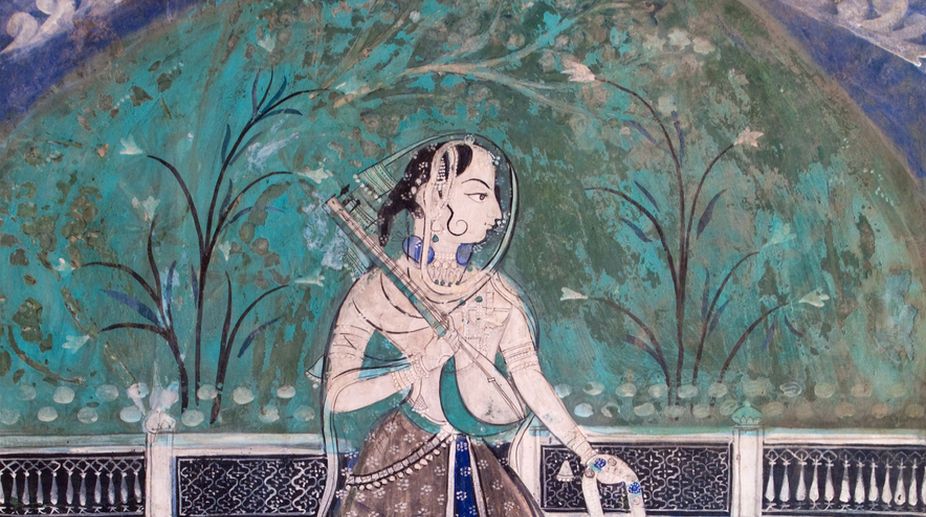History has always been written by elements of the brighter side of the moon, who mostly were men. Women have always been considered man’s possession. History has always glorified the ones who died on battlefields, won kingdoms and ruled nations.
But what about those who helped them in sustaining what ‘they’ had won or those who helped them in attaining the so called ‘martyrdom’? They are lost somewhere in the tumultuous waves of time. History or biased chronology has always kept them behind the veil. Born on 23 March 1614, Jahanara was the first child of prince Khurram and Arjumand Bano, or more famously, Nur Jahan.
Advertisement
Textbooks tell us that Shah Jahan had four sons; what they don’t tell us is that his daughter was the woman behind the golden age of the Mughals, the unsung heroine of the royal household, the first daughter Empress Mughal India ever had. Her life was a montage of emotions that had been left unexpressed. At the age of 17, when her mother passed away, she barely had the time to mourn her death when the mammoth responsibility of her siblings, her grief-stricken father and the kingdom fell on her.
Leaving her sorrows behind she had been successful in lifting the whole family out of the misery they had been delved into. Having been crowned the next ‘Padishah Begum’ the Empress of India in spite of the fact that three other consorts of her father were still alive, Jahanara had faced the harsh truth of her life: Mughal princesses had to remain spinsters all lifelong.
Although love had blossomed in her heart for the European doctor Gabriel Boughton, who had cured her of fatal burn injuries, she had to surrender herself to fate: The fate of being a woman. Spending her youthful years behind the jharokas of the Mughal darbar and witnessing the historic Taj being built, she had been the most selfless Empress that India ever had.
Sacrificing her own comforts and luxuries, she chose to be imprisoned along with her aged father to comfort, console and heal his broken heart. It is said that after Shah Jahan’s death, Aurangzeb had begged to her for forgiveness and requested her to be the Empress again.
Jahanara had conceded to his request only on one condition, that the law prohibiting Mughal princesses to marry had to be done away with. It is surprising to know that a hard-hearted and staunch man like Aurangzeb had agreed to it. In order to comply with her demands, he had given his daughter Zubdat-un-nissa’s hand in marriage to Dara Shikoh’s (his older brother) third son Siphir Shikoh.
Standing in the 21st century, where we have entangled ourselves in several relationships and commitments, the story of Jahanara finds great relevance.
It is virtually the account of every homemaker whose efforts and sacrifices have always been overlooked. Although lost in history, we will always be inspired by that woman behind the veil.
(Coordinator, Class XI, St Joseph's Convent, Chandannagar)











